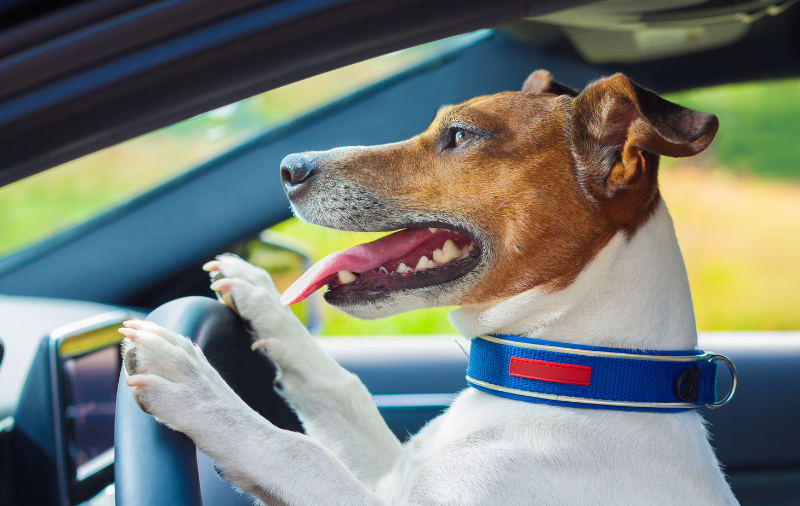There are 19.5 million registered vehicles travelling on Australia’s roads this year, 1.7% more than in 2018. This is slightly below the 2.1% annual average, but still climbing. In the US, car ownership goes up by about 4% per year. So why did academic Tony Seba claim private car ownership would drop 80% by 2030? Will we give up our cars?
Car alternatives
Seba was looking at the new, rational alternatives to private car ownership. For example, rideshare in electric vehicles. He claimed this would be 4-10 times cheaper per mile than buying a new car by 2021 (2 years away), saving each family up to $5,600 per year.
Like a lot of forecasts, there is probably some truth in it. But the timeframe looks optimistic, given the woefully low take-up of electric vehicles in America and Australia. Rideshare, far from being universally appealing, seems to be the choice of young or urban dwellers.
All the talk is about shared mobility (see our blog on shared mobility) but the case for that is not so convincing. Owning a car is more fundamental to the human psyche – and to modern culture – than these forecasts allow.
One of our biggest mistakes is thinking people always make rational economic decisions. After all, owning a car you use only 5% of the time doesn’t seem particularly logical.
Are we that rational?
Did you know car ownership in Australia has increased faster than our population? Sydney has 55.3 cars per 100 people, compared to Melbourne’s 61.7 per 100 but car ownership per 100 people is still 2.8% up from 53.8%.
A car is often the second biggest household purchase after a house. You also spend a lot less time in it. The initial outlay, running costs and depreciation make cars an illogical economic purchase. If we were rational, we would buy economical, practical cars for everyday use but we often don’t. As someone said:
“Cars aren’t just A-B transportation for most people. They are extended backpacks, lifestyle aspirations, decompression zones, status signifiers, vacation vehicles and fashion accessories.”
Carsharing, ridesharing, carpooling, bicycles, scooters, are all rational alternatives to car travel. But they could be replacing public transport and taxis, rather than personal cars.
The future of public transport
There is evidence to show people are choosing Uber, Ola and Lyft rather than public transport, taxis and bicycles. Car sharing appeals more to people who cannot afford (or drive) a car. While young people are learning to drive later in life, they eventually get a licence, have a family, and buy a car.
In Sydney, there is a trend towards on-demand transport, particularly for the “last mile” from home to the station. The much-criticised tram through the CBD and beyond is on its way. But there is no evidence that people are giving up their cars. More likely, they will just use all these methods of transport, which ever one suits them at the time.
It still suits most Australians to drive to work. Moreover, country people can’t give up their cars because there is no alternative.
Give up your car and get a car
There is an in-between option for people who like the freedom of having a car, without the burden of ownership. This is known as car subscription.
Services like Carbar, Carly and FlexiGo allow you to choose from a variety of cars according to which one suits your lifestyle. All on-road costs are factored into the price. Like many subscription services, it has been compared to Netflix.
But it’s still personal transport in the form of a car. We think car manufacturers won’t let us give up our cars that easily. What do you think?


your opinion matters: